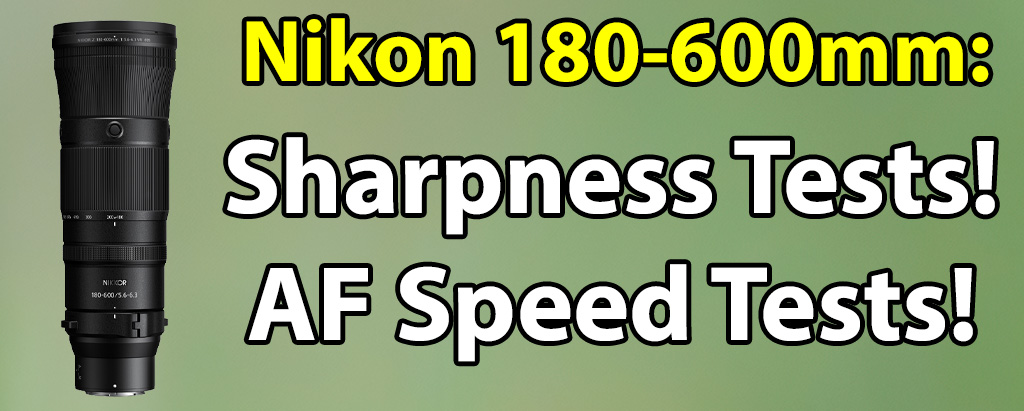MRK
Member
Received my Nikon 180-600 last week very excited to try it on my Z9. My go to lens has been 500PF and sigma 150-600C. Most of the time use the 500PF for its light weight and super sharpness. So this past weekend was out with the new 180-600 photographing warblers and shore birds. No inflight shooting, just trees and walking on shores. After 2 days I was very disappointed with the new lens, so much so I am sending it back for a refund. I was hoping this would give me a little more flexibility over my 500pf and it did. But here is where my big disappointment was with this lens. Sharpness. Shot over 1500 images this weekend and most were soft. Nothing like the 500pf and not as good as the older Sigma. Don't know if maybe it was a bad copy of the lens, but sending back for a refund. And going to stay with my old faithful 500 pf. Also the 500pf is not only much sharper but lighter and faster focusing. Anyway was wondering if anyone else has used the 180-600 after having used a 500pf. Just curious, maybe I had bad luck with my copy.
Thanks
Mark
Thanks
Mark


